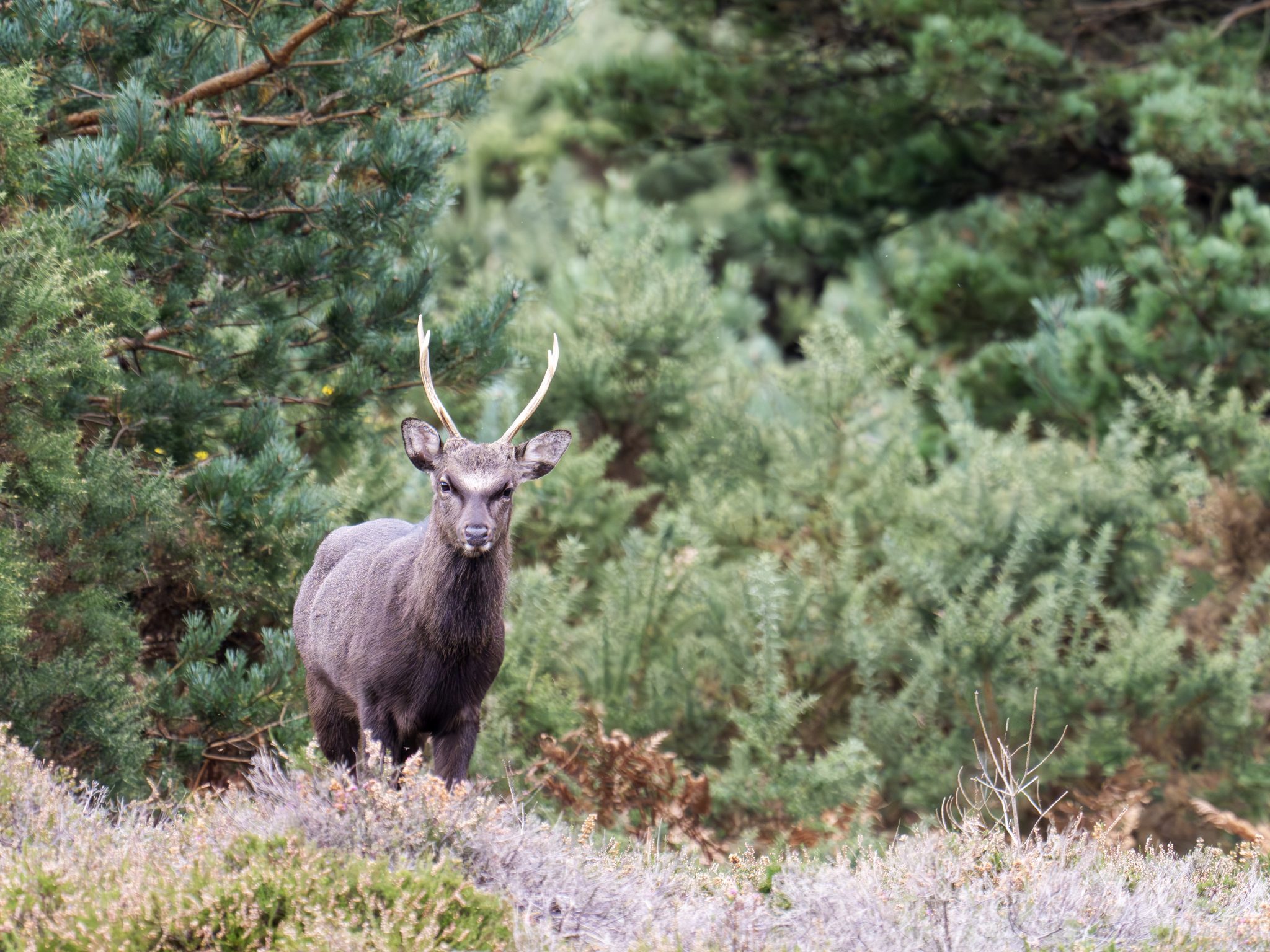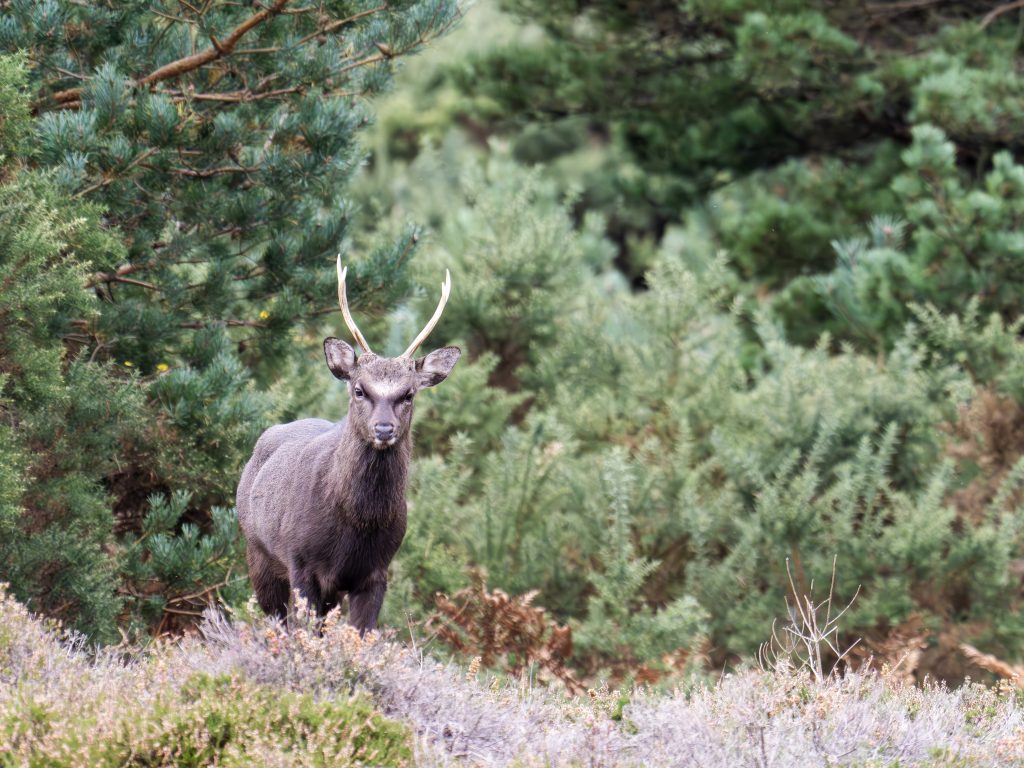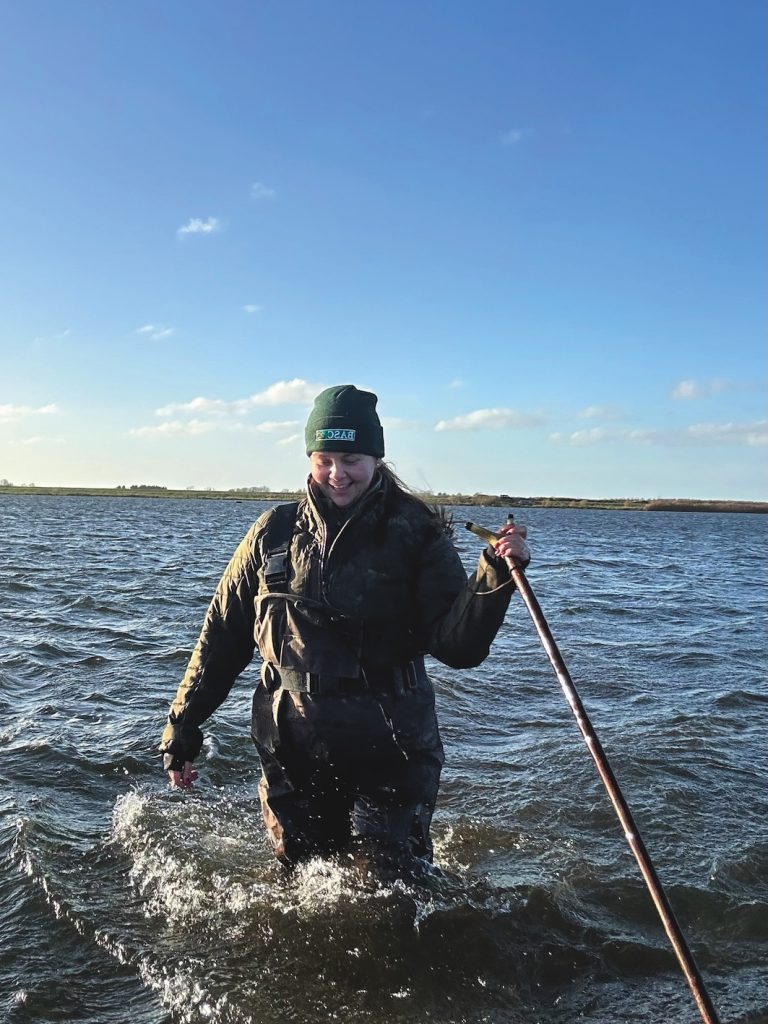Win CENS ProFlex DX5 earplugs worth £1,149 – enter here
Raven research misses its target
<strong>Tim Baynes looks at why the latest research into ravens is misjudged and inaccurate</strong>

Look carefully through the recent raven study by the RSPB and Aberdeens Centre for Environmental Sustainability. You will find that the triumphant headline on the RSPBs website Raven increase does not spell the end for threatened waders cannot be justified by the facts. It quickly becomes clear that the data used is up to nine years out of date and was too thin to reach any firm conclusions. No doubt the analysis is scientifically correct, but a more honest interpretation for the media would have been: We cannot tell from his historical data whether ravens are now having an impact on waders.
We do not know how much taxpayers money was spent on this unenlightening study, but it seems to have been designed from the outset to miss the real point. It was co-funded by Scottish Natural Heritage (SNH) expressly to provide evidence for raven licence applications. However, the research does not examine the real problem for which licence applications have been made and for which SNH knows it will receive further applications the impact of growing flocks of sub-mature ravens. Instead, the study confines itself to looking at resident breeding pairs of ravens between seven and nine years ago. Further questions should be asked as to how this study was commissioned and awarded.
The development of these raven gangs has not been scientifically monitored, and that is a real missed opportunity. Researchers could have consulted the land managers who have to live with the problem and been taken out to measure the problem at first hand. In north-east Scotland, where some of the licence applications have been made, raven numbers have increased by more than 400 per cent up to 2002, and that rate of growth has not slackened off since. In early spring the juveniles form highly mobile flocks of 200 to 300 birds and move about huge moorland areas in search of food. Highly intelligent birds, they know where there are good stocks of ground-nesting birds to predate. They descend en masse, clean up an area and move on. Keepers can only watch helplessly as the ravens pull birds off their nests by the wing and take the eggs. By early summer, the flocks disperse and anyone coming along later would find no evidence of the problem, apart from a lack of young ground-nesting birds. SNH has been repeatedly told that this is what happens and the scarce public funding should have been directed at measuring that impact, not on desk-based historical analysis.
In desperation, gamekeepers have exhausted all legal methods. Licence applications have been made to SNH to shoot a small number of ravens so that the others will realise there is a genuine threat and move away. There is no request being made to cull large numbers of ravens, SNH is merely being asked to enable the scaring required under its own licensing guidelines to be effective.
Spring is approaching and the ravens will soon flock again. More licence applications will be made, but now SNH will be able to use this new study to argue against land managers as proof that their problem is imagined.
Have your say: if you have a view on a current news topic, send it, in no more than 500 words, to selena_masson@ipcmedia.com.
What is YOUR opinion?
Join other ST readers in our forums to discuss your views.
Like this article? Mark this page on a social bookmarking website…
Related Articles
Get the latest news delivered direct to your door
Subscribe to Shooting Times & Country
Discover the ultimate companion for field sports enthusiasts with Shooting Times & Country Magazine, the UK’s leading weekly publication that has been at the forefront of shooting culture since 1882. Subscribers gain access to expert tips, comprehensive gear reviews, seasonal advice and a vibrant community of like-minded shooters.
Save on shop price when you subscribe with weekly issues featuring in-depth articles on gundog training, exclusive member offers and access to the digital back issue library. A Shooting Times & Country subscription is more than a magazine, don’t just read about the countryside; immerse yourself in its most authoritative and engaging publication.







